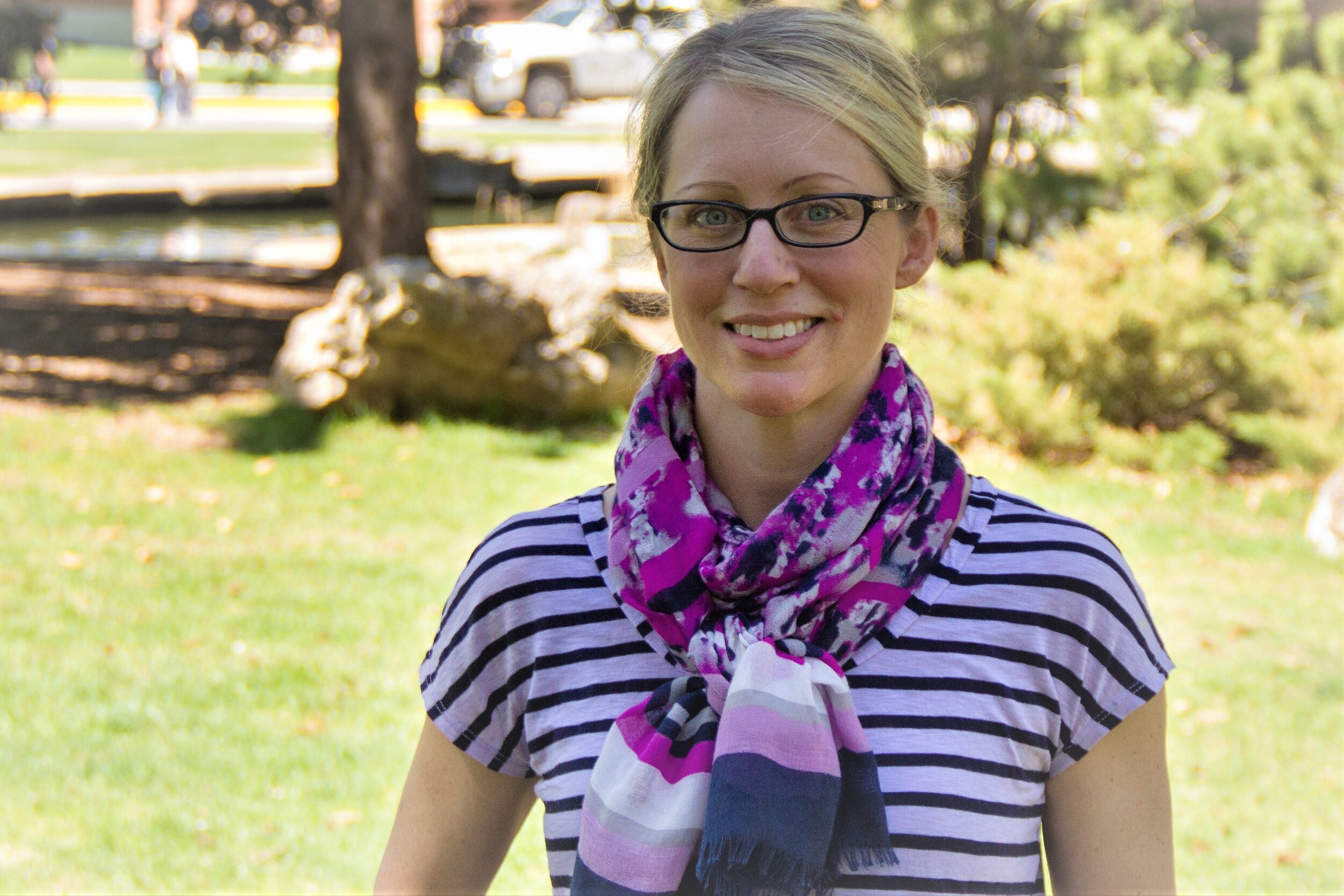assessing PFAS adsorption to enhance wastewater treatment and water quality
Per- and polyfluoroalkyl substances (PFAS) are ionic surfactants used in numerous consumer products like lubricants, coatings, paint, fabric and carpet treatment, as well as in fire-fighting foams. PFAS are also recalcitrant chemicals which pose a serious public health threat. Two common PFAS in the environment – perfluorooctanoic acid (PFOA) and perfluorooctane sulfonate (PFOS) are known to bioaccumulate in human tissue, have been linked to cancers, and appear to have neurotoxicological effects for fetuses and toddlers. Because of the presence of PFAS in consumer products, effluent from wastewater treatment facilities represents a major source of PFAS to the environment. This proposed research employs a novel wastewater treatment technology, aerobic granular sludge (AGS), to explore how PFAS removal might be enhanced to protect downstream surface water quality. The long-term goal is to develop and apply biofilm-based technologies which enhance the removal of PFAS and related compounds from wastewater streams, before Montana’s waters reach critical PFAS contamination levels. Potential biofilm-based PFAS remediation technologies developed from this work are expected to be self-regenerating and would integrate into existing municipal wastewater treatment systems.
Dr. Catherine Kirkland is an Assistant Professor in the Department of Civil Engineering and the Center for Biofilm Engineering at Montana State University.

